Reach German-speaking customers with English to German translation
Translating into German means adapting to a language with complex grammar, case-based structure, and long compound words that pack in meaning.
XTM’s AI-powered platform simplifies this process with intelligent workflows and in-context translation tools — helping your team deliver fluent, accurate German content at scale.
Whether you're expanding into Germany, Austria, or Switzerland, XTM gives you the control and consistency needed to meet local expectations.
Book your 30-minute demo

Book your 30-minute demo

Trusted by teams at over 1,000 of the world’s leading organizations
Why English to German translations matter
Germany is Europe’s biggest economy with over 100 million German speakers in Germany, Austria and Switzerland. When you translate from English to German you open up markets that value quality above all else.
German consumers prefer content in their native language. Research shows 72% of buyers will choose products with German descriptions over English ones. So professional English to German translation is essential for businesses looking to expand into Europe.
The German speaking region offers huge opportunities across industries like automotive, engineering, finance and technology. These markets reward companies that invest in proper localisation with higher conversion rates and customer loyalty.
Real results in English to German translation. Not just promises.
Businesses using XTM for English to German translation see faster turnaround times, fewer errors, and more consistent results.
Reduction in translation errors
Cost saving with machine translation
faster time-to-market
Common challenges in English to German translation
Complex grammar rules
German has four grammatical cases that change word endings throughout sentences. The language also puts verbs in different positions than English, especially in subordinate clauses where verbs often come at the end.
Compound word creation
German builds complex ideas by joining words together into long compounds. A single German word can express what takes several English words to say. Translators must decide whether to keep these compounds or break them apart for better understanding.
False friends between languages
Many German words look similar to English but mean completely different things. The German word “gift” means poison, not present. “Bald” means soon, not without hair. These similarities can create embarrassing mistakes without careful attention.
Cultural communication differences
German business culture values formality and directness. The language has formal and informal ways of addressing people and choosing the wrong form can damage business relationships.
XTM Cloud: Scalable translation for English to German localisation
XTM Cloud is built for enterprises managing high volume, high stakes localisation. It automates English to German translation with linguistic precision and full workflow control – reducing manual tasks and ensuring consistency across teams. From translation memory and termbase integration to AI-driven suggestions and automated QA, the platform supports your linguists with the tools they need to deliver accurate, on-brand German content. Whether you’re translating websites, product documentation, UI strings or multilingual campaigns, XTM Cloud adapts to your content and compliance needs.
End-to-end workflow management — from content import to delivery — means fast turnaround and scalable localisation that grows with your business.
Professional translation platform features
Translation memory technology
Smart translation systems remember every approved English to German translation and suggest matches for similar content in future projects. This saves costs significantly when you have repeated text across documents or websites.
Companies typically save 30% to 50% on translation costs by reusing approved content. Product catalogues, user manuals and legal documents benefit most from this technology because they contain similar phrases and sentences.
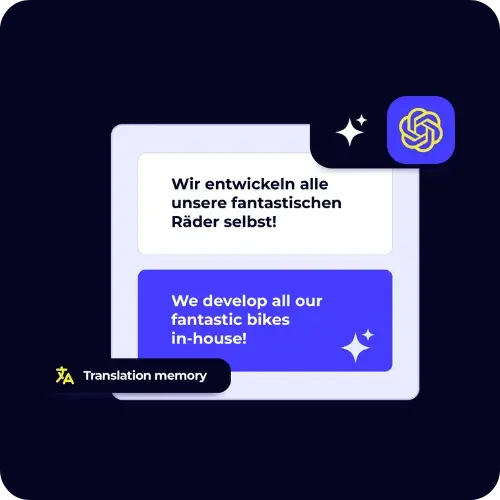
Terminology management
Consistent terminology across all German content builds trust with customers and maintains brand identity. Professional platforms store approved German terms for your industry and alert translators when they use different words.
This prevents confusion and ensures technical accuracy. Whether you sell software, medical devices or financial services, consistent terminology shows professionalism and attention to detail.
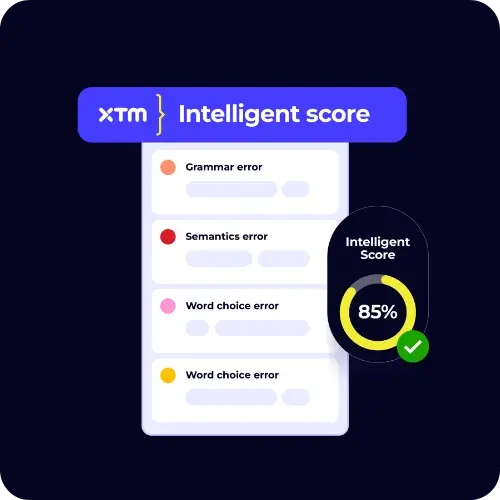
Quality assurance tools
Automated checking systems review every translation for spelling errors, number mismatches, punctuation problems and formatting issues. These tools catch mistakes that human reviewers might miss while speeding up the review process.
Quality checks can be customised for different content types and industries. Medical translations need different validation than marketing content and professional platforms adapt to these requirements.
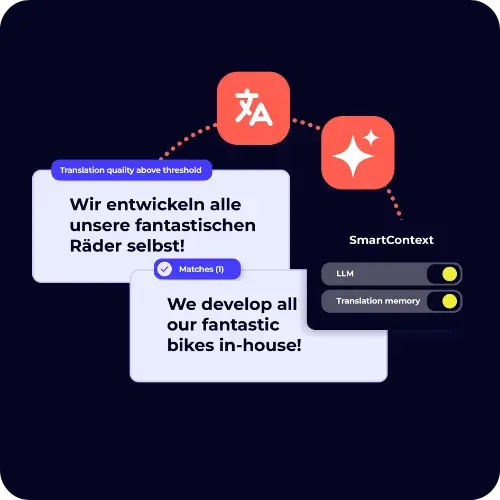
Team collaboration features
Modern translation platforms bring together translators, reviewers and project managers in shared workspaces. Team members can comment on specific segments, track changes and monitor progress without endless email chains.
Real-time collaboration means faster project completion and better communication between team members, regardless of their location.
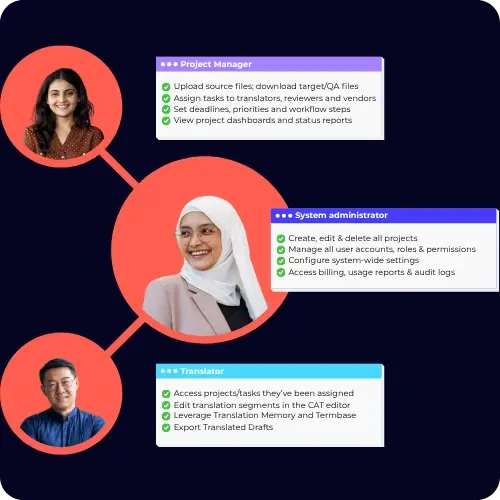
Why XTM ensures high-quality English to German translation
Built-in linguistic quality checks
XTM Cloud applies automated linguistic QA at every stage of the workflow to catch issues before delivery. The system checks for grammar and spelling errors, inconsistent terminology, formatting deviations, and number mismatches — all before a human review begins.
You can configure QA rules by language, project type, or client preferences, ensuring that English to German output meets both your quality benchmarks and any industry-specific compliance needs. It’s a faster, more consistent path to publication-ready content.
Efficient project orchestration
Manage complex localisation programs without overloading your teams. XTM Cloud automates repetitive project tasks such as file segmentation, linguist assignment, and deadline tracking.
You can reuse project templates, run concurrent translation jobs, and scale delivery across markets — all from a centralised platform. Whether you're updating multilingual websites or translating technical assets, XTM keeps your projects on time and under control.
Robust enterprise-grade security
Security is core to our infrastructure. XTM Cloud is ISO 27001 certified and includes enterprise security features such as role-based access, SSO, two-factor authentication, and IP restrictions.
Granular permissions ensure users only see what they need, and full audit trails provide oversight for compliance. Whether you're working in a regulated industry or managing confidential product data, your content stays protected from upload to release.
Connected to your content systems
Integrate translation directly into your existing content ecosystem. XTM Cloud supports native connectors and flexible APIs that link to your CMS, PIM, ecommerce, and code tools.
This allows German translations to move in and out of platforms like WordPress, Adobe Experience Manager, and GitHub without manual effort — accelerating delivery and keeping localisation fully aligned with source updates.
AI-driven German localisation, built for scale
XTM Cloud integrates AI throughout your English to German localisation process — helping you accelerate delivery, maintain quality, and streamline complexity across all content types, from regulatory documentation to digital campaigns.
Intelligent Score
Intelligent Workflow
SmartContext
Language Guard
Who uses professional English to German translation
Marketing teams
Create German campaigns that speak to local culture while maintaining brand consistency. Professional translation helps adapt messaging for German preferences without losing your company's unique voice.
Marketing teams use translation platforms to manage multiple campaigns simultaneously and ensure consistent terminology across all German materials.
Product managers
Launch products in German markets with confidence by seeing exactly how translations will appear in final formats. Context-aware translation prevents layout problems and ensures user interfaces work properly in German.
Product managers benefit from automated workflows that integrate translation into development cycles without causing delays.
Localisation specialists
Manage complex multi-language projects with complete visibility over timelines, costs, and quality metrics. Professional platforms provide detailed reporting and analytics to optimise translation processes.
Localisation teams use advanced features like workflow customisation and vendor management to handle large-scale German translation projects efficiently.
Compliance teams
Industries with strict regulations need translation platforms that support proper review processes and maintain audit trails. German markets have specific requirements for medical devices, financial services, and other regulated sectors.
Compliance teams rely on platforms that document every change and ensure translations meet local regulatory standards.
Key platform capabilities
Visual translation interface
See how German translations will look in final layouts before publishing. This prevents text overflow, formatting problems, and design issues that can make German content look unprofessional.
Visual interfaces help translators understand context and make better word choices for specific layouts and design constraints.
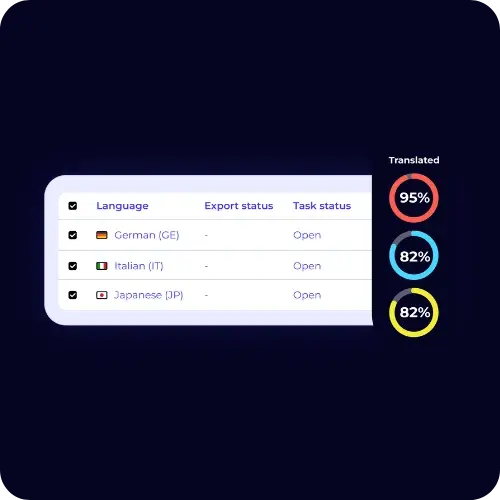




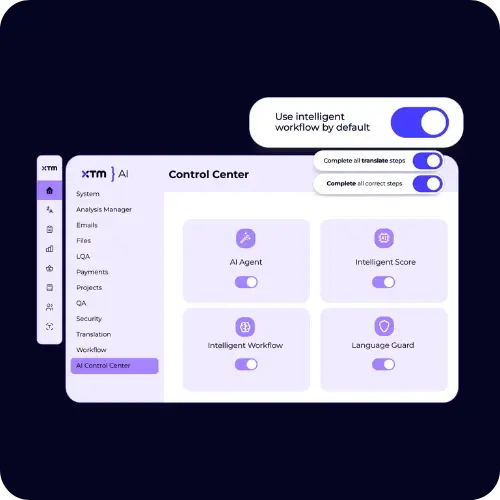
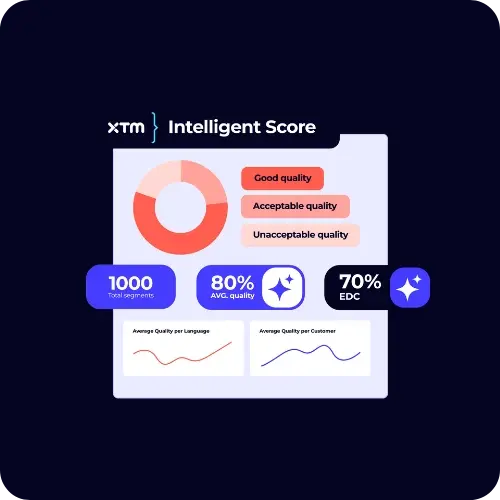
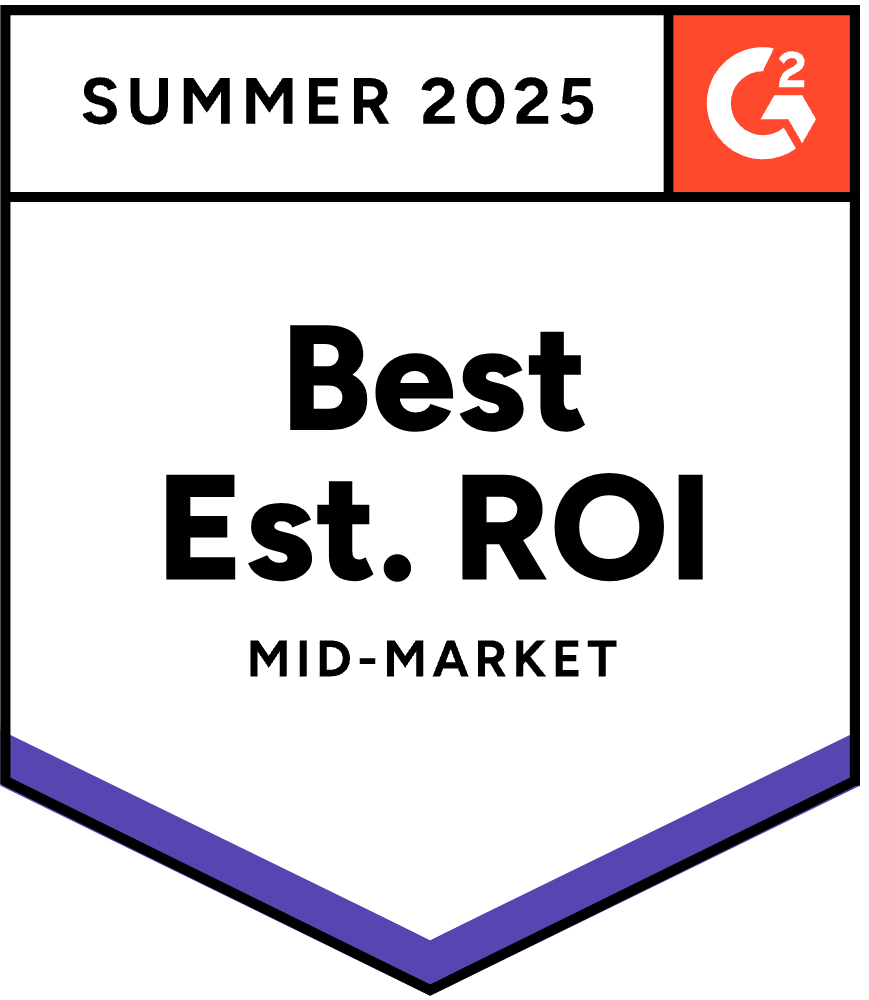
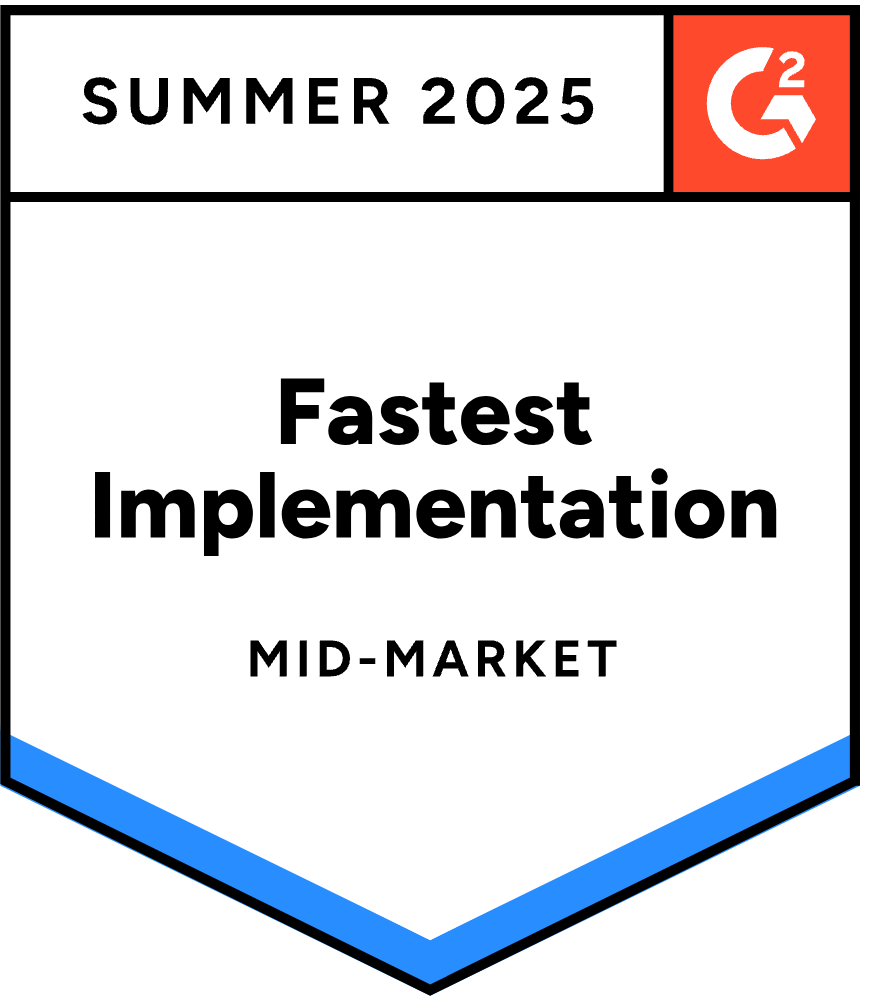
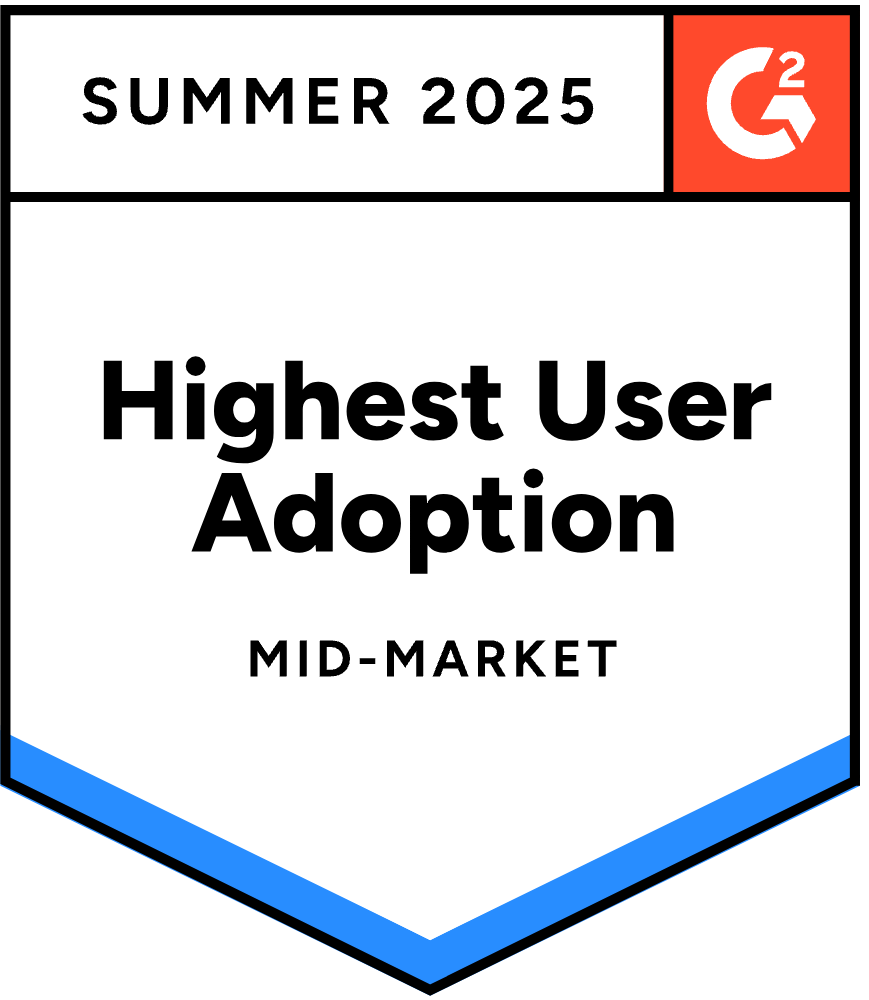

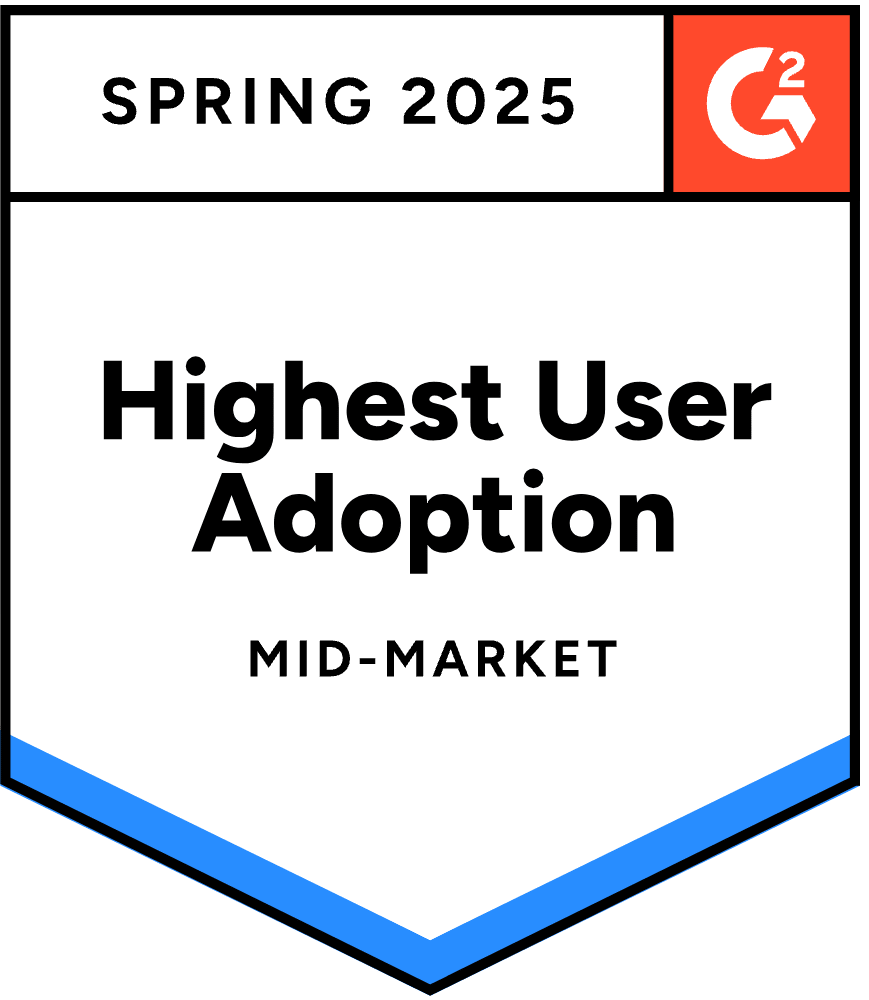



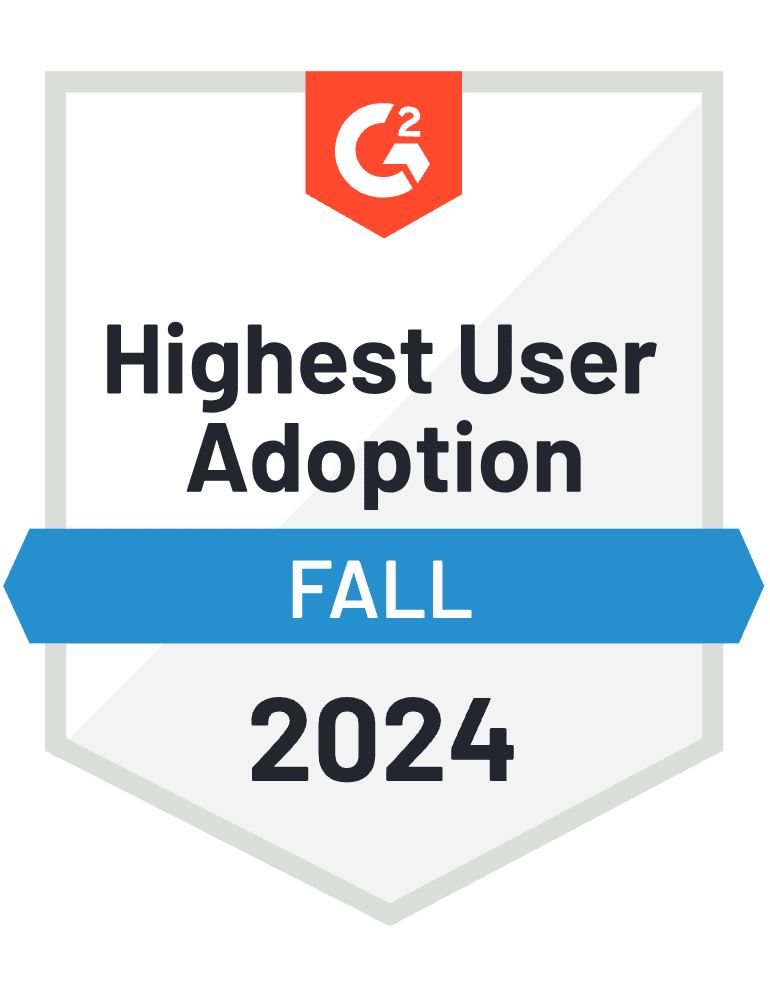
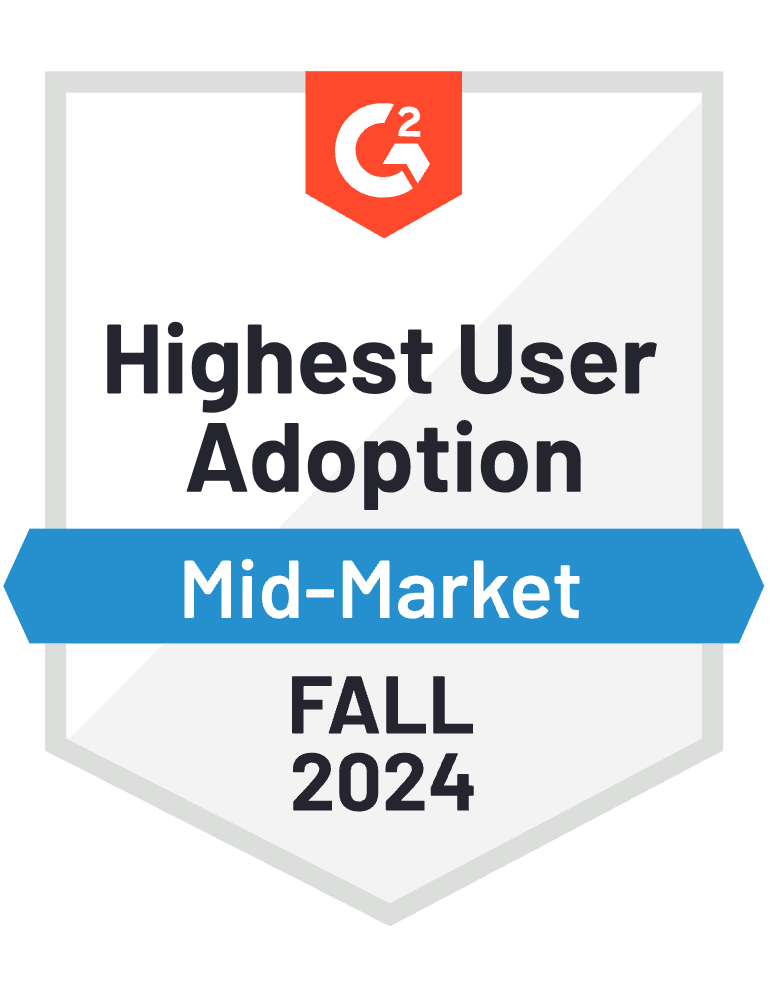





.png)
.png)